Tag: AKI
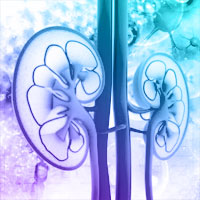
Biomarkers for Prediction of RRT in AKI
Acute kidney injury (AKI) frequently occurs in critically ill patients and often precipitates use of renal replacement therapy (RRT). However, the ideal circumstances for whether and when to start RRT remain unclear. We performed... read more

Outcomes in Patients with Vasodilatory Shock and RRT Treated with Intravenous Angiotensin II
Acute kidney injury (AKI) requiring renal replacement therapy in severe vasodilatory shock is associated with an unfavorable prognosis. Angiotensin II treatment may help these patients by potentially restoring renal function... read more

Predictors, Prevalence, and Outcomes of Early Crystalloid Responsiveness Among Initially Hypotensive Patients With Sepsis and Septic Shock
Two in three hypotensive sepsis patients were responsive to initial fluid resuscitation. Heart failure, hypothermia, immunocompromise, hyperlactemia, and coagulopathy were associated with the refractory phenotype. Fluid resuscitation... read more

The Effect of 6% Hydroxyethyl Starch (130/0.4) On AKI in Pediatric Cardiac Surgery
We have evaluated the effect of a colloid solution on acute kidney injury in paediatric cardiac surgery. A total of 195 patients were randomly divided into an hydroxyethyl starch group and a control group. In the starch group,... read more

Risk Factors for Ventilator-Associated Events in a PICU
There is an association between ventilator-associated condition and infection-related ventilator-associated complication in critically ill children with acute kidney injury, ventilatory support, and neuromuscular blockade.... read more
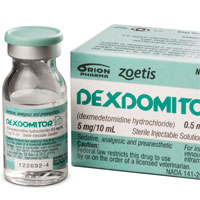
Dexmedetomidine Prevents AKI After Adult Cardiac Surgery
Perioperative administration of dexmedetomidine in adult patients undergoing cardiac surgery may reduce the incidence of postoperative AKI. Future trials are needed to determine the dose and timing of dexmedetomidine in improving... read more

Acute Kidney Injury in Sepsis
Acute kidney injury (AKI) and sepsis carry consensus definitions. The simultaneous presence of both identifies septic AKI. Septic AKI is the most common AKI syndrome in ICU and accounts for approximately half of all such... read more
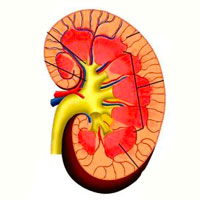
Urinary Oxygenation as a Surrogate Measure of Medullary Oxygenation During Angiotensin II Therapy in Septic AKI
In septic acute kidney injury (AKI), renal medullary and urinary hypoxia developed several hours before increases in currently used biomarkers. Angiotensin II transiently improved renal function without worsening medullary... read more
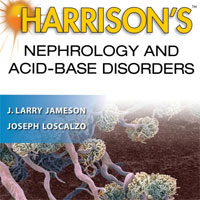
Harrison’s Nephrology and Acid-Base Disorders
Featuring a superb compilation of chapters related to nephrology and acid-base disorders derived from Harrison's Principles of Internal Medicine, Nineteenth Edition, this concise, full-color clinical companion delivers the... read more

Renal Recovery – RRT Modality
Renal recovery - does the choice of renal replacement therapy matter?... read more

Risk of Venous Thromboembolism in Patients by Albuminuria and Estimated GFR
Albuminuria increases the risk for VTE markedly in patients with normal eGFRs compared with those with lower eGFRs. 15,180 (2.2%) VTE events occurred during the study period. Both albuminuria and eGFR were independently associated... read more

Intra-Abdominal Hypertension and Abdominal Compartment Syndrome
Intra-abdominal hypertension (IAH) and abdominal compartment syndrome are increasingly recognized in both medical and surgical critically ill patients and are predictive of death and the development of acute kidney injury.... read more
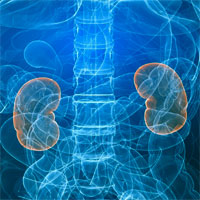
The 10 False Beliefs in Adult Critical Care Nephrology
Acute tubular necrosis (ATN), a histological pattern observed after ischemic insult, is considered the most frequent cause of any form of acute kidney injury (AKI) despite the absence of extensive histological data. This... read more

Kinetic Estimated Glomerular Filtration Rate in Critically Ill Patients
Both the Acute kidney injury (AKI) classification system and the nonsteady-state (kinetic) estimated glomerular filtration rate (KeGFR) are complementary to each other. Assessing both AKI stage and KeGFR can help to identify... read more








